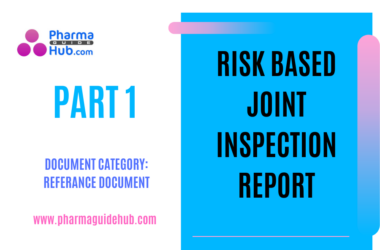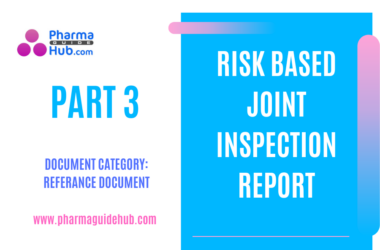
Disinfectant validation is the process of verifying the effectiveness of a disinfectant or sanitizer against specific microorganisms on a surface or equipment. It involves testing the disinfectant under controlled conditions to ensure it can consistently reduce microbial contamination to an acceptable level.
Disinfectant validation typically involves:
- Quantitative testing: Measuring the reduction in microbial numbers after disinfectant application.
- Qualitative testing: Verifying the presence or absence of microorganisms after disinfectant application.
The goal of disinfectant validation is to demonstrate that the disinfectant can:
- Reduce microbial contamination: Decrease the number of microorganisms to a safe level.
- Meet regulatory requirements: Comply with guidelines from agencies like the EPA, FDA, or EU GMP.
- Ensure surface or equipment decontamination: Confirm the disinfectant is effective on specific surfaces or equipment.
Disinfectant validation is crucial in various industries, including:
- Healthcare (hospitals, clinics)
- Pharmaceuticals
- Biotechnology
- Food processing
- Cosmetic manufacturing
By validating disinfectants, organizations can:
Reduce the risk of outbreaks and recalls
Ensure product quality and safety
Prevent microbial contamination and infection
Comply with regulatory requirements
Optimize disinfection protocols


